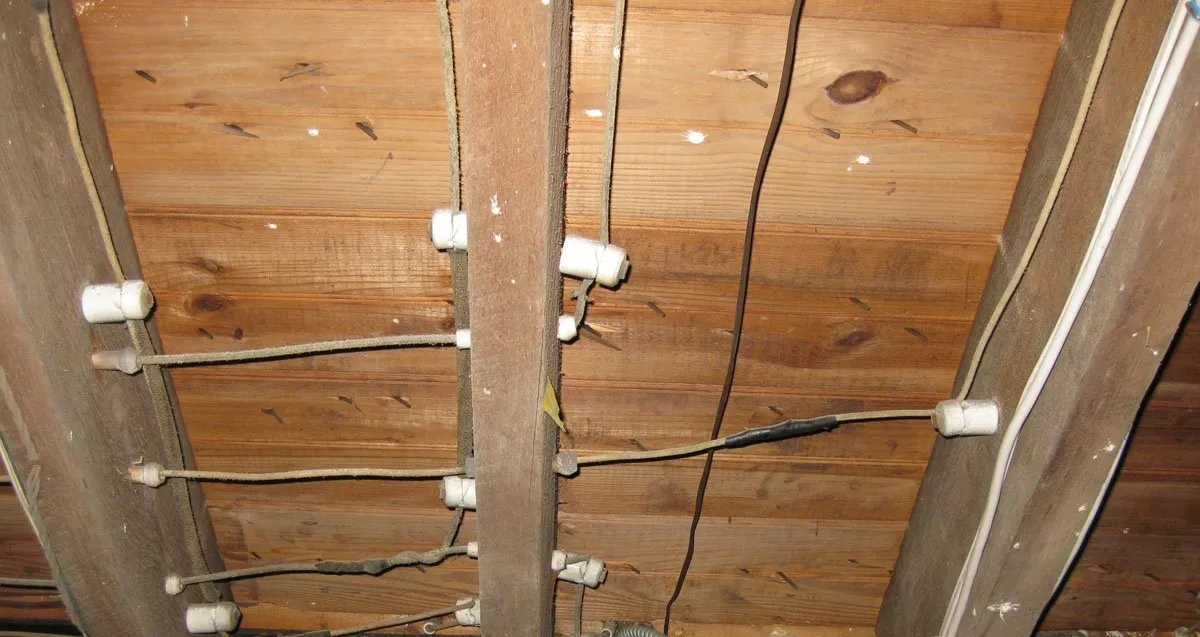Spotting Knob and Tube Wiring: A Homeowner's Guide
- matt49401
- Nov 1, 2023
- 2 min read
Updated: Nov 13
Knob and tube wiring, once a standard in older homes, can present challenges for modern homeowners, from insurance issues to potential safety concerns. Recognizing the presence of this wiring system is crucial, whether you're considering purchasing an older home or you're curious about your current residence. Here's how to spot knob and tube wiring:
1. Age of the Home
Homes built between the late 1800s and the 1960s are the most likely candidates for knob and tube wiring. If you know your home falls within this age range, it's a good starting point for further investigation.

2. Visible Porcelain Knobs and Tubes
Knobs: These are the porcelain insulators that support the individual wires. They're often nailed to joists or studs.
Tubes: These are the protective porcelain tubes that wires run through when passing through wooden structures, like joists or studs.

3. No Ground Wire
Modern electrical systems include a hot wire, a neutral wire, and a ground wire. Knob and tube systems lack this grounding wire. If you're inspecting outlets or switches and notice the absence of a ground wire, it's a potential sign.
4. Cloth-Insulated Wiring
Knob and tube wires are typically covered in a rubberized cloth insulation, which can be black, white, or even red. Over time, this cloth can fray or deteriorate, exposing the underlying wire.
5. Two-Pronged Outlets
Modern electrical systems use three-pronged outlets, with the third prong for grounding. Homes with primarily two-pronged outlets might still have knob and tube wiring.

6. Inconsistent Electrical Flow
If lights dim when appliances are in use or fuses frequently blow, it could be a sign of an outdated electrical system, including knob and tube wiring.
7. Professional Inspection
If you suspect your home has knob and tube wiring, the best way to confirm is through a professional inspection. A licensed electrician can assess your home's electrical system and provide definitive answers.
In Conclusion
Recognizing knob and tube wiring is essential for homeowners to address potential safety concerns and make informed decisions about upgrades or replacements. While this guide provides tips for spotting this wiring system, nothing replaces the expertise of a professional.
Concerned about knob and tube wiring in your home? Don't leave it to chance. Contact us today for expert advice, inspection, and solutions tailored to your needs.
.png)









Comments